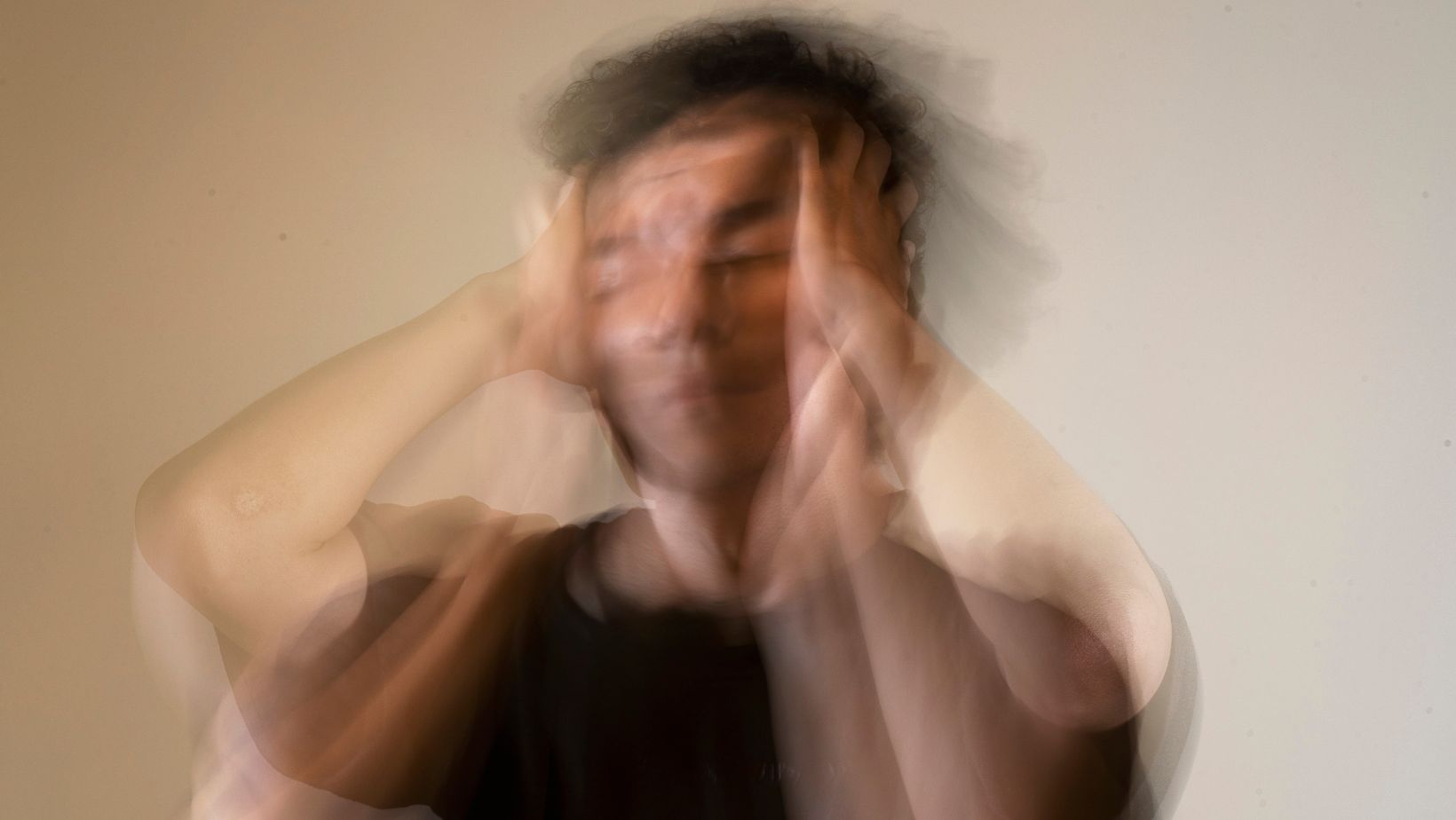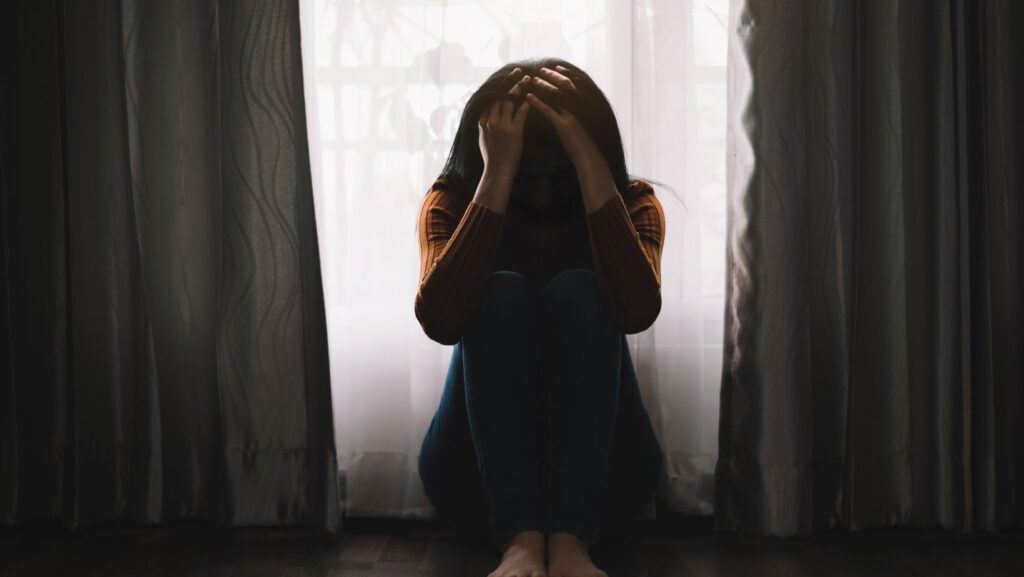Depression is one of the most common mental health challenges, yet not all forms of depression are the same. While many people are familiar with the term “major depression,” fewer understand persistent depressive disorder (PDD), formerly known as dysthymia. These two conditions share similarities but differ in duration, severity, and impact on daily life. Recognizing these differences is key to finding the right treatment and support.
What Is Major Depression?
Major depressive disorder (MDD) is characterized by episodes of intense sadness and loss of interest in activities, lasting at least two weeks. During these episodes, individuals often experience:
- Persistent feelings of sadness, hopelessness, or emptiness
- Fatigue and lack of motivation
- Significant changes in sleep and appetite
- Difficulty concentrating or making decisions
- Physical symptoms such as headaches or digestive issues
- Thoughts of death or suicide in severe cases
Major depression often comes in episodes—periods of debilitating symptoms followed by stretches of remission. These episodes can significantly interfere with work, relationships, and overall quality of life.
What Is Persistent Depressive Disorder?
Persistent depressive disorder is a form of chronic depression lasting for at least two years in adults (or one year in children and adolescents). While symptoms may not be as severe as those seen in major depression, they are ongoing and can be equally disruptive. Common signs include:
- Low mood that lingers most of the day, nearly every day
- Feelings of low self-esteem or inadequacy
- Lack of energy and chronic fatigue
- Difficulty experiencing joy, even during positive events
- Sleep or appetite disturbances
- A general sense of hopelessness

Because PDD is long-lasting, many people begin to view it as part of their personality rather than a treatable condition. This misperception can delay treatment and prolong suffering.
Key Differences Between Major Depression and PDD
- Duration
- Major depression comes in shorter, more intense episodes.
- PDD involves a steady, low-level depression that persists for years.
- Major depression comes in shorter, more intense episodes.
- Severity
- Major depression symptoms are usually more severe and acute.
- PDD symptoms are milder but chronic, creating a constant emotional weight.
- Major depression symptoms are usually more severe and acute.
- Impact on Functioning
- Major depression can halt normal functioning during an episode.
- PDD often allows basic functioning but erodes quality of life over time.
- Major depression can halt normal functioning during an episode.
- Treatment Response
- Both conditions respond to therapy and medication, but PDD may require long-term strategies to address its chronic nature.
- Both conditions respond to therapy and medication, but PDD may require long-term strategies to address its chronic nature.
Why an Accurate Diagnosis Matters
Because PDD is less intense but more enduring, it is often underdiagnosed or mistaken for “just being down.” Conversely, someone experiencing a severe episode may receive treatment for major depression without addressing a longer-standing pattern of low mood. Identifying whether a person has MDD, PDD, or both (as they can overlap) ensures treatment is tailored to their needs.
Treatment Options for Both Conditions
- Therapy: Cognitive Behavioral Therapy (CBT), interpersonal therapy, and other modalities help reframe negative thought patterns and build coping skills.
- Medication: Antidepressants can be effective, especially when paired with therapy.
- Lifestyle Adjustments: Regular exercise, consistent sleep, nutrition, and mindfulness practices support recovery.
- Support Systems: Peer groups, family support, and ongoing counseling help reduce isolation.
Finding the Right Support
Navigating depression—whether major or persistent—can feel overwhelming. Professional guidance makes a significant difference. Working with experienced New York therapists can help individuals receive an accurate diagnosis, explore effective treatment options, and build long-term strategies for wellness. Therapy provides a safe, supportive environment where healing can begin and hope can be restored.
Moving Toward Hope
Though depression takes different forms, both major depression and persistent depressive disorder are treatable. Understanding their differences helps individuals and families take proactive steps toward healing. With the right care, support, and treatment, it is possible to find relief, rediscover joy, and create a brighter path forward.
